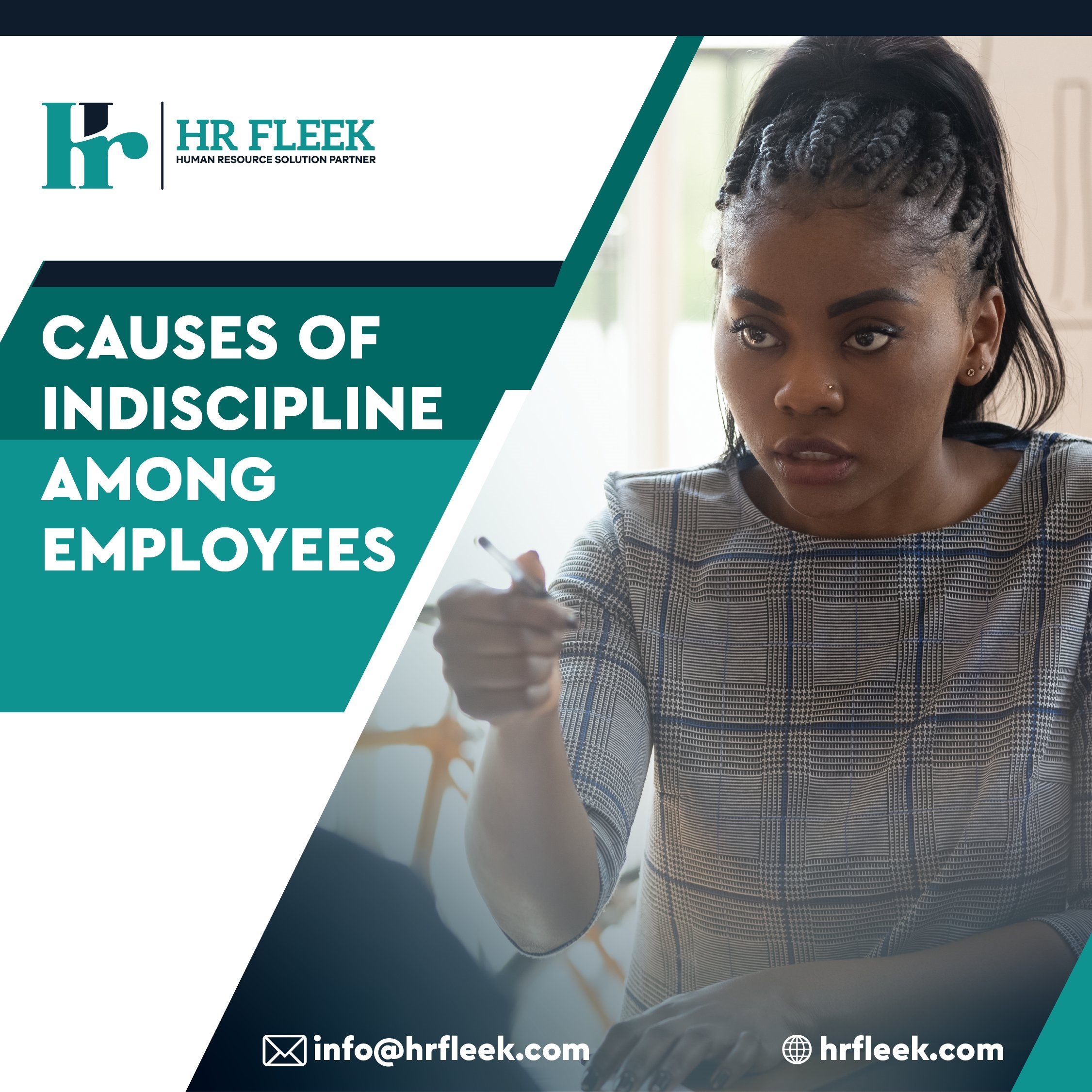Yesterday (October 10th) was World Mental Health Day. The objective is to organize support for mental health and increase awareness of mental health problems throughout the world. This year’s theme is to make Mental Health and well-being for all a global priority.
Mental health and wellness revolves around our emotional, psychological and social welfare. It affects how we think, feel and behave. Positive mental health is not simply the absence of mental health issues, such as depression or anxiety but predominantly about the presence of positive characteristics such as a feeling of purpose, contentment, maintaining fulfilling relationships and participating in life to the fullest. In the workplace setting, it determines how employees cope with everyday stressors and work productively to realize goals.
It is increasingly being recognized that the mental well-being of workers is a crucial determinant in their overall well-being and that poor mental wellness at the workplace can be a contributory factor to a range of physical illnesses like hypertension, diabetes and cardiovascular conditions, amongst others. In addition, poor mental health can also lead to burn-out amongst employees, affects their morale adversely and seriously affects their ability to contribute meaningfully in both their personal and professional lives.
Mental health problems have an impact on employers directly through increased absenteeism, negative impact on productivity and profits, high turnover rates, as well as an increase in company costs in efforts to deal with the issue.
Work related risk factors for mental wellbeing
Most risks relate to interactions between type of work, the organizational and managerial environment, the skills and competencies of employees, and the support available for employees to carry out their work.
Risks to mental health include:
- Inadequate health and safety policies
- Poor communication and management practices
- Limited participation in decision-making or low control over one’s area of work
- Low levels of support for employees
- Inflexible working hours
- Unclear tasks or organizational objectives
- Job insecurity
Risks may also be related to job content, such as mismatch of tasks to employee’s competencies or a high and unrelenting workload. Risk may be increased in situations where there is a lack of team cohesion or social support.
Bullying and psychological harassment (also known as “mobbing”) is commonly reported as a cause of work-related stress by workers and present risks to the health of workers.
Strategies to promote mental wellness at the work place
| Employer | Employee |
| · Provide relaxation spaces to unwind during breaks | · Take part in employer-sponsored programs and activities |
| · Dispense self-assessment tools such as work – life balance questionnaires | · Nurture social connections at work to prevent social isolation and loneliness |
| · Include mental health coverage as part of workforce health care plan | · Look after their physical health |
| · Managers should aim to create a healthier company culture | · Practice self-care during breaks – for example, meditation and listening to inspirational podcasts |
| · Ensure a proper health and safety policy is in place | · Exercise coping skills during the work day – for example prioritization to avoid being overwhelmed |
Positive mental health allows employees to;
- Recognize, express and regulate emotions
- Empathize with others
- Reach their highest potential
- Flourish in their roles
- Cope with changing roles, responsibilities and challenges
Negative effects of poor mental fitness in the workplace
- Lack of engagement with one’s work
- Low productivity
- Reduced physical capability
- Misaligned communication
- Poor decision making
Conclusion
Human performance and mental well-being go hand in hand, therefore workplace wellness must be among a company’s top priority. Mental wellness is an initiative that should be a commitment of both the employer and employee in order to create a conducive work environment. A mentally stable workforce equals high productivity and longevity of an organization.






